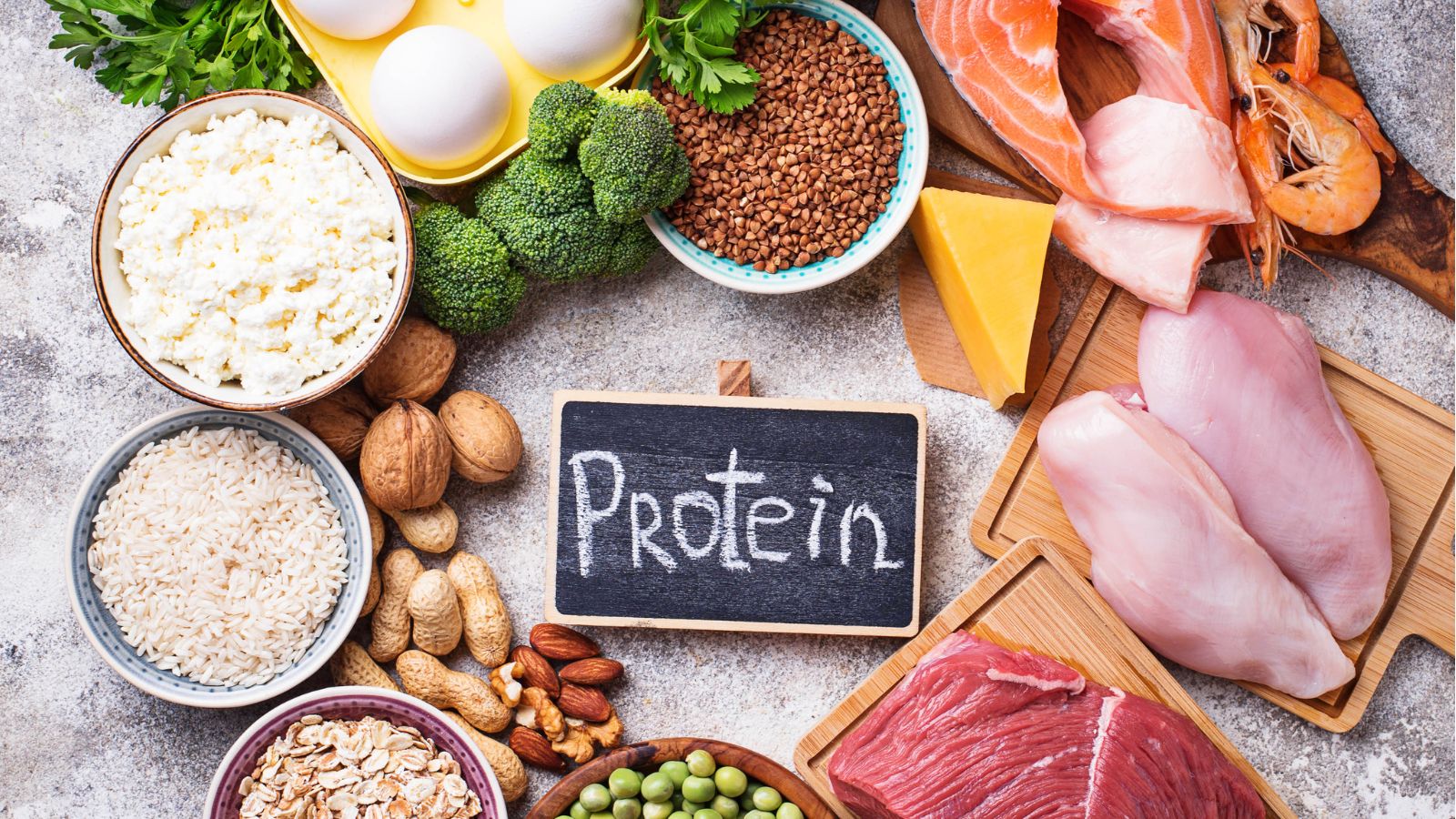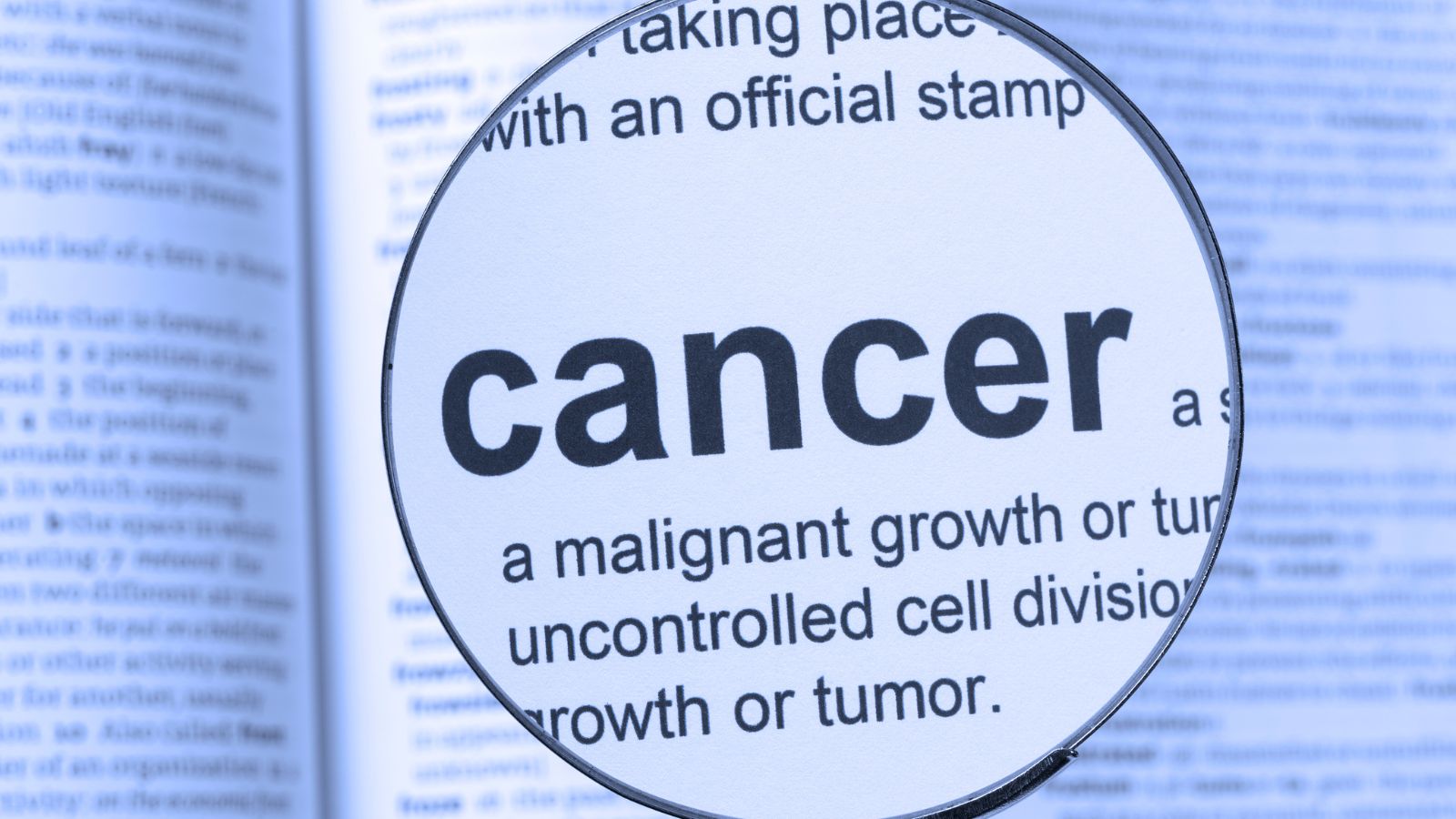On a recent supermarket run, I noticed something odd. Every aisle seemed to be shouting the same word: protein. Biscuits promised it, chips boasted it, even bottled water claimed to carry it. Scroll through Instagram, and it’s the same story – endless reels of protein pancakes, protein coffees, protein bowls. Somehow, a nutrient that once sat quietly in the food pyramid has turned into a lifestyle statement.
The numbers back it up, too. The global protein supplements market is valued at over $25 billion and continues to grow by nearly eight per cent every year, according to Fortune. In India, where traditional diets are often carb-heavy, surveys by the India Council of Medical Research (ICMR), under the National Institute of Nutrition (NIN), show that seven out of 10 Indians are not meeting their daily protein needs. And yet, in urban pockets, protein has become the holy grail of health, marketed as the fix for everything from weight loss to better skin.
How did protein—plain, unglamorous protein—make this leap from gym-shake jargon to supermarket celebrity? And does the craze actually match what our bodies need?
 For years, protein was mostly a conversation limited to bodybuilders and athletes (Image: Canva)
For years, protein was mostly a conversation limited to bodybuilders and athletes (Image: Canva)
From gym talk to wellness buzzword
Simrat Kathuria, celebrity dietician and wellness coach, sees it as a cultural shift: “Protein fits into the clean-eating culture. People feel like if they have a protein-rich snack, they’re doing something good for their body, even if it’s a processed bar,” she said. Instagram reels and fitness influencers have been powerful in pushing the narrative.
“Protein is a macronutrient. It is essential, but it’s not a magic bullet. Yet, people are treating it like the one-stop solution to health,” said Dr Sushruth Shetty, gastroenterologist at Narayana Health City, Bengaluru. For him, protein’s sudden fame is as much about perception as it is about science.
Tehseen Siddiqui, chief dietician at Saifee Hospital, Mumbai, said: “Its star status now extends far beyond nourishment. It’s marketed as a miracle cure for weight loss and a way to stay fuller for longer. But that’s also the problem, it has become shorthand for health without people understanding how much they actually need.”
Thinness, Ozempic, and the protein fix
The craze is also linked to our return to thinness, especially in the age of weight-loss drugs like Ozempic. “Protein is tied to body image,” said Dr Shetty. “Drugs like Ozempic can cause muscle loss alongside fat. People want to look slim but not weak, so protein becomes the safety net,” he said.
Story continues below this ad
Kathuria agreed: “It plays into diet culture’s obsession with control. Protein preserves lean mass and suppresses hunger, but when it becomes the centre of the diet, people risk cutting out fibre, vitamins, and healthy fats.”
 The protein boom is also tangled with our cultural return to thinness, particularly in the age of weight-loss drugs like Ozempic (Image: Canva)
The protein boom is also tangled with our cultural return to thinness, particularly in the age of weight-loss drugs like Ozempic (Image: Canva)
“Protein plus strengthening exercise improves muscle mass,” said Suparna Mukherjee, clinical nutritionist at Narayana Health City, Bengaluru. “Protein alone won’t do it.”
Are we really protein-deficient?
In India, the story is complicated. Urban consumers may be downing protein coffees, but large sections of the population still fall short.
ICMR-NIN recommends 0.8–1 gram of protein per kilogram of body weight daily. Yet most Indians eat far less, not from lack of food but from tradition. “Our thalis are carb-heavy—rice, roti, dal, sabzi. Protein rarely takes centre stage,” said Siddiqui. “That’s why India is sometimes called calorie-rich but protein-poor.”
Story continues below this ad
Deficiency doesn’t always show up as dramatic malnutrition. “It’s often subtle—low energy, brittle hair, slow wound healing,” she said.
Are brands driving the craze?
The gap between real deficiency and urban obsession has been fertile ground for business. Protein is now added to biscuits, breads, and chips—sometimes in negligible amounts. “A snack with 3 grams of protein is suddenly marketed as fitness food. That doesn’t solve the deficiency problem,” Kathuria said.
 On one hand, urban elites are consuming protein shakes in their coffees. On the other, vast swathes of the population aren’t hitting basic requirements (Image: Canva)
On one hand, urban elites are consuming protein shakes in their coffees. On the other, vast swathes of the population aren’t hitting basic requirements (Image: Canva)
Dr Shetty cautioned: “You don’t need powders and fortified cookies if you can eat dal, paneer, eggs, or nuts. Ordinary food often does the job better.”
Still, targeted blends—such as protein for kids, women, or seniors—can help specific groups. “Pregnant women and older adults do need more,” Siddiqui said, adding, “The problem is when everyone buys into it blindly.”
Story continues below this ad
The latest craze is “protein-ising” everyday foods. Proffee—coffee with protein powder—has become a wellness trend. Chips and cookies now carry “protein-packed” labels. But do these fads work? “It can be useful if you’re skipping meals or need a quick boost,” said Siddiqui, adding, “But highly processed forms with sugar and additives are not sustainable. It’s better to have your protein from natural food sources.”
What about fibre?
As protein dominates headlines, another nutrient has slipped into the shadows: fibre.
“Overemphasis on protein at the cost of plant foods can backfire,” Kathuria warned. Studies show fibre protects against cancers like colon cancer, which is rising among young people. “Fibre is under-consumed and under-hyped,” said Dr Shetty. “Public health messaging should focus on balance, not single out one nutrient.”
 A Lancet study in 2024 reported that colon cancer is the fastest-rising cancer in young people, and fibre-rich diets are protective. (Image: Canva)
A Lancet study in 2024 reported that colon cancer is the fastest-rising cancer in young people, and fibre-rich diets are protective. (Image: Canva)
Protein for vegetarians
For vegetarians, protein doesn’t have to mean powders or meat. Lentils, legumes, paneer, Greek yogurt, quinoa, nuts, and seeds all contribute. “Pairing is powerful,” said Kathuria. “Dal with rice, hummus with whole wheat bread, they complement each other.”
Story continues below this ad
Dr Shetty added: “Rotate between dals, sprouts, millets, seeds. With a little planning, vegetarians can easily match non-vegetarians.”
And Siddiqui reminded: “It’s consistency that matters. A bowl of curd, some roasted chana, dal at dinner—it adds up.”
So yes, add paneer to your curry, enjoy a protein coffee if you like, and make space for dals, nuts, and seeds. But don’t forget fibre, healthy fats, and colour on your plate. Because true health still comes from balance, and no single nutrient can carry that weight alone.
DISCLAIMER: This article is based on information from the public domain and/or the experts we spoke to. Always consult your health practitioner before starting any routine.

